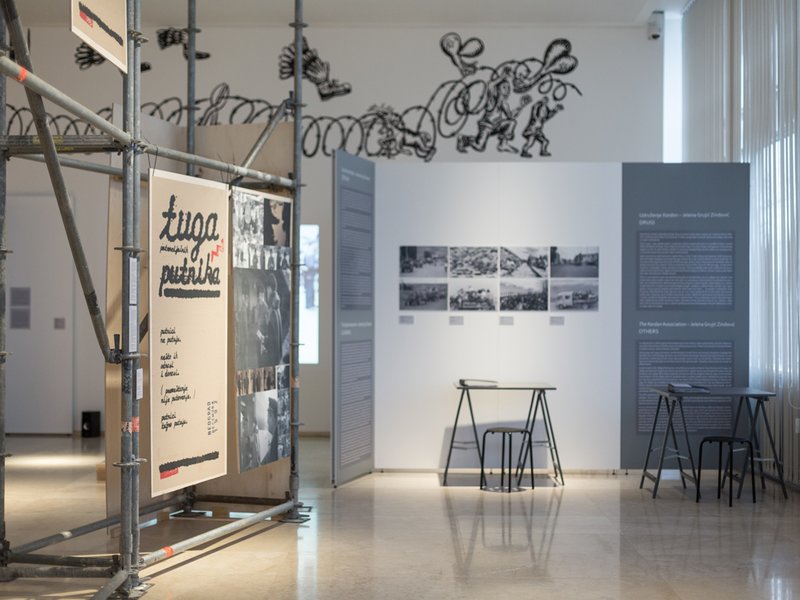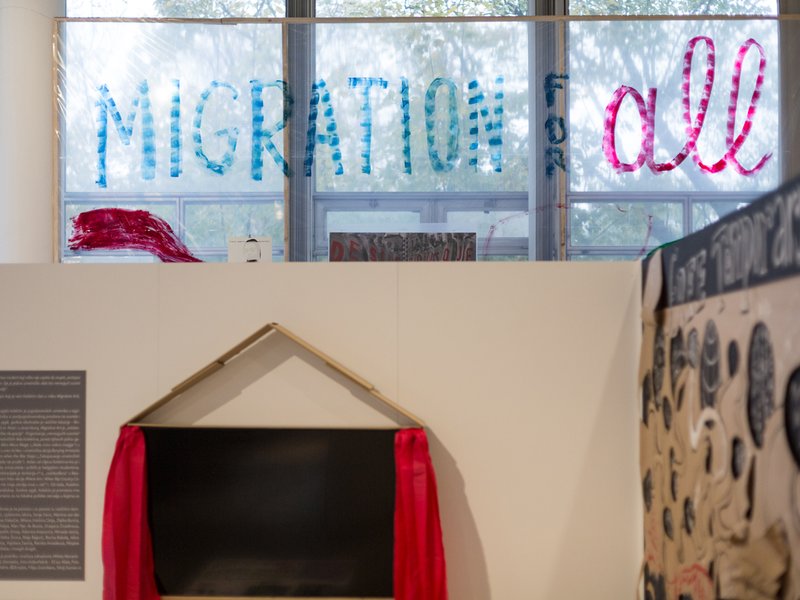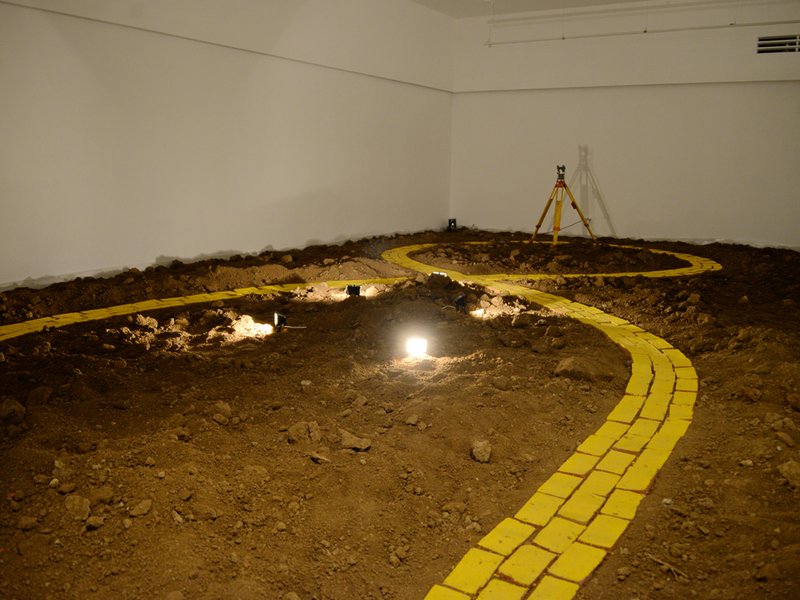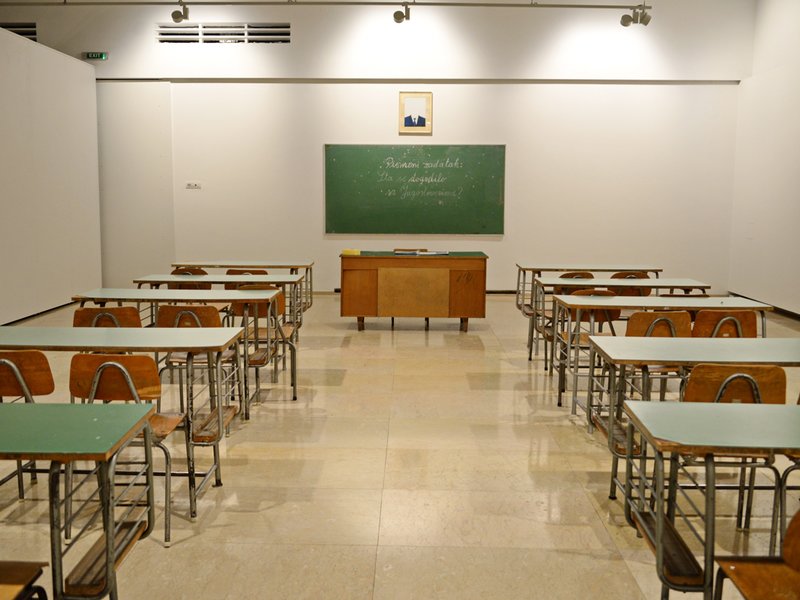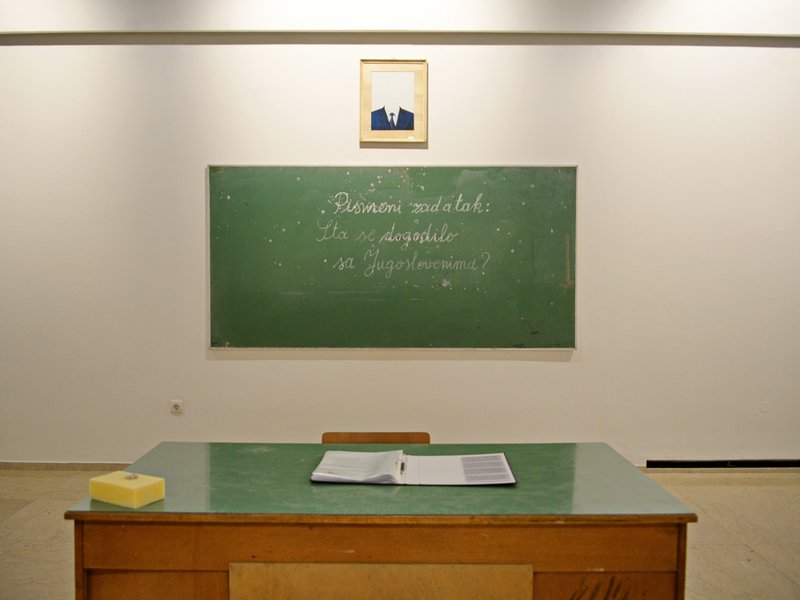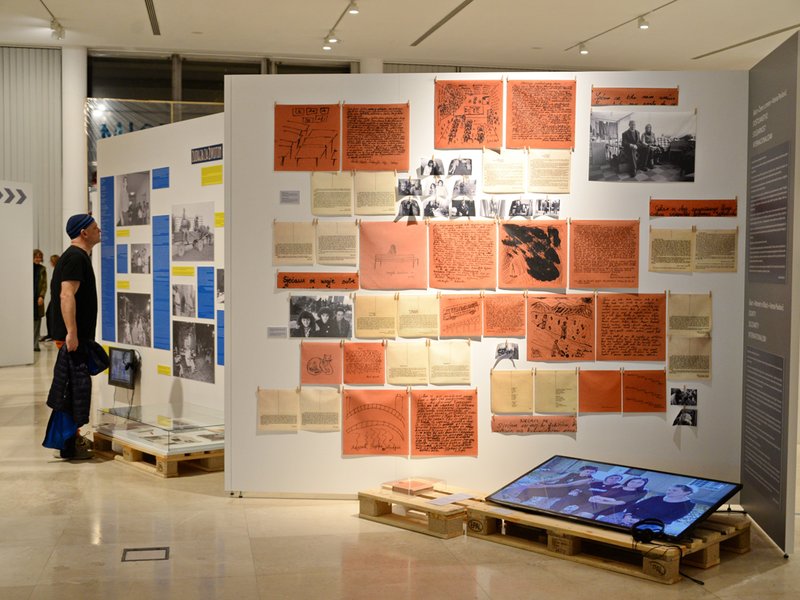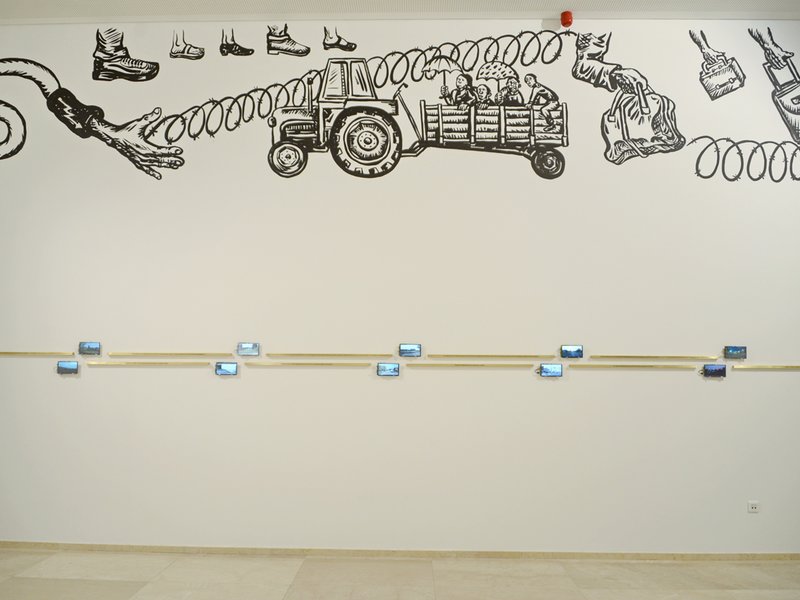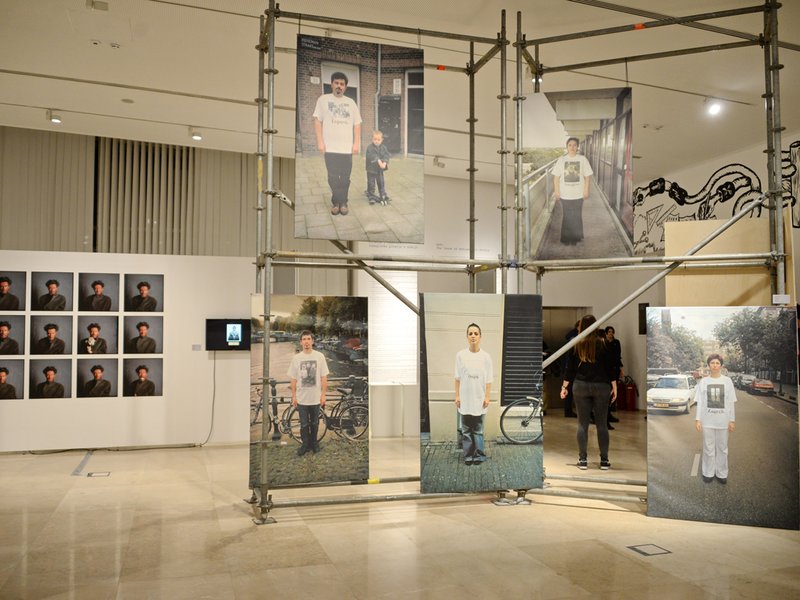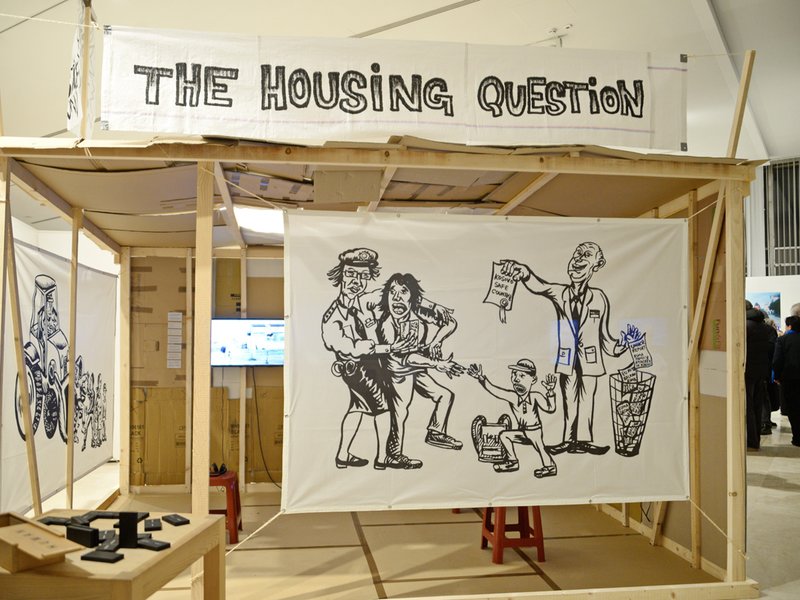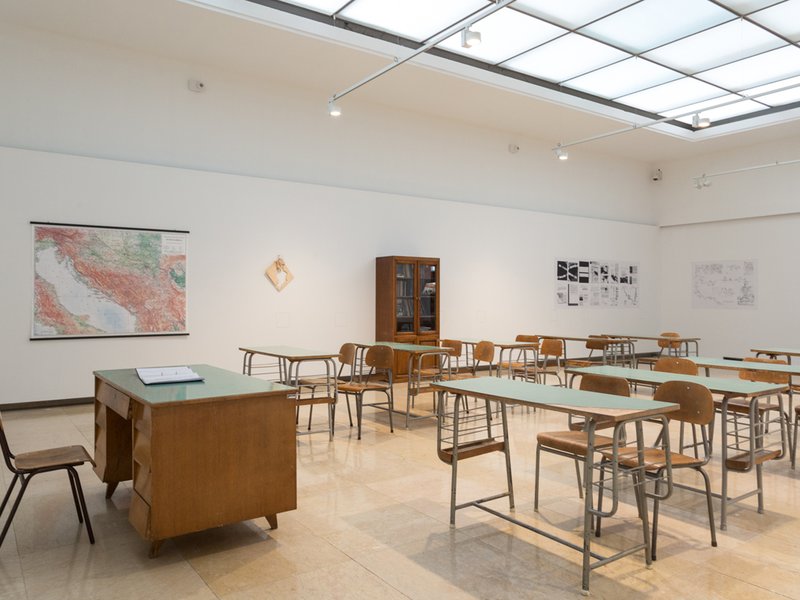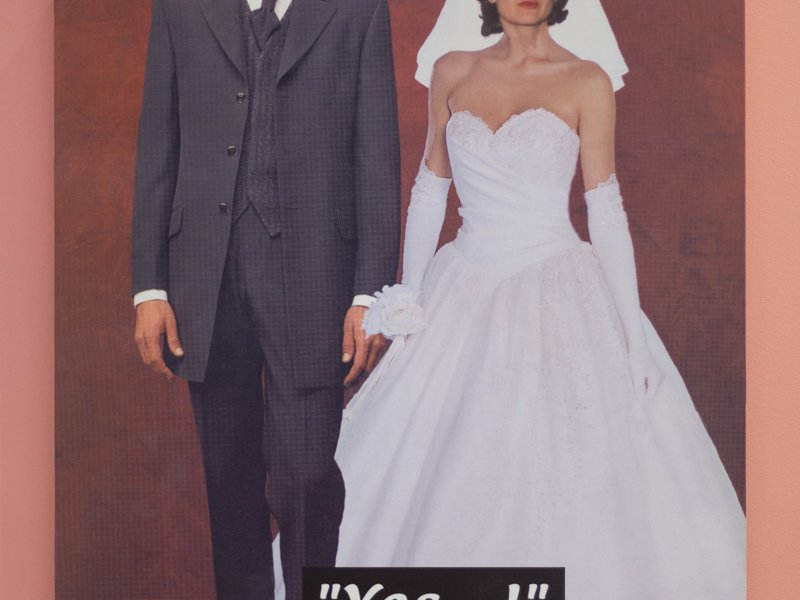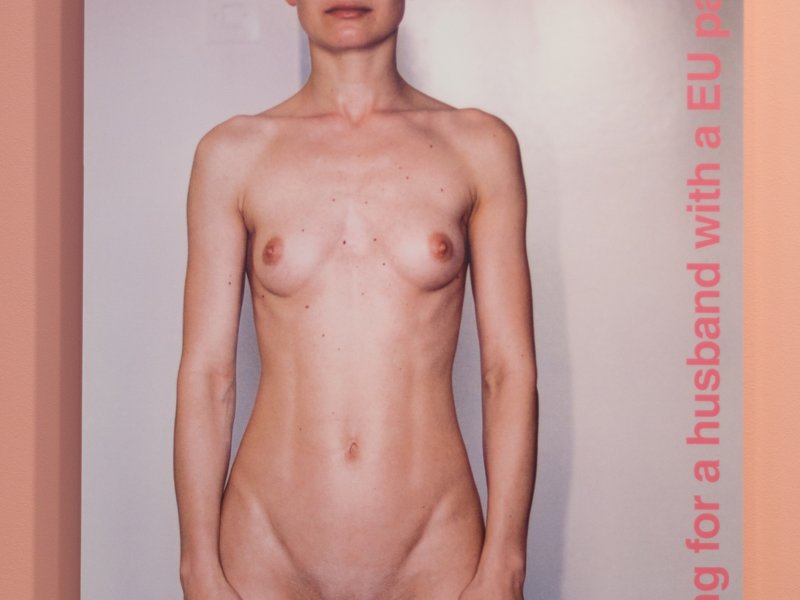
The Nineties: A Glossary of Migrations
5 December 2019 – 1 March 2020, Museum of Yugoslavia. With this project and by organizing an exhibition dealing with the mass migrations of the population to and from Serbia over the course of the 1990s, the Museum of Yugoslavia aims to bring the heritage of the nineties to the forefront of current considerations. In place of documentary-historiography approach(es), which take a secondary position, the primary focus of the exhibition involves mapping the different forms of engagement that have transpired in the period from the nineties to the present, in which matters of legal, political, social and cultural issues that occurred in these extremely complex and traumatic migratory processes, were addressed via the medium of art.
The Nineties: A Glossary of Migrations exhibition will open on December 5, 2019, at 7 p.m. in the exhibiting space of the 25th of May Museum, part of the Museum of Yugoslavia complex. With this project and by organizing an exhibition dealing with the mass migrations of the population to and from Serbia over the course of the 1990s, the Museum of Yugoslavia aims to bring the heritage of the nineties to the forefront of current considerations. In place of documentary-historiography approach(es), which take a secondary position, the primary focus of the exhibition involves mapping the different forms of engagement that have transpired in the period from the nineties to the present, in which matters of legal, political, social and cultural issues that occurred in these extremely complex and traumatic migratory processes, were addressed via the medium of art.
Besides the artistic stances, the exhibition also includes individual initiatives and organizations from the spheres of activism and the civil sector, however, primarily those initiated by artists or those which involve the collaboration with artists and cultural institutions. Since the decisions made at the highest political levels, as well as various public policy measures, chiefly defined the statuses of people affected by migration movements, another narrative line was also introduced to the exhibition, and it can be traced through the selection of particular laws, political agreements, national strategies, official statistical reports and other documents, selected by the curators and all the exhibitors. Such an exhibiting structure aimed to shed light on the wider context in which the artworks and initiatives were created and to which they refer. The Glossary of Migrations resulting from the collaborative work of artists, associates and curators, consists of twenty-eight concepts that offer precise explanations of work, initiative and/or community. Such a glossary is an alternative to concepts and discourses which dominate acting and thinking about these problems in the spheres of the law, public policy and academia. In this way, we wanted to raise the issue of the reach and role of art and activism, and that of public institutions, in their attempts to reconstruct the past and reshape ‘common knowledge’ that dominates the public sphere.
The twenty-eight concepts, syntagms and idioms which shed light on the standpoints of the exhibited works, initiatives and communities, are as follows: Address, Unlawful Necessity, Cleaning, Man, Dignity/Solidarity/Internationalism, Courage or Cowardice, Inventory, the Erased, Yugoslavism, One-Way Ticket, Suitcase, Computer Cleansing/Futile Hope, Place, Unease, Unwanted (Others), Plan, Object, Friends, Holes, Safe Land, Free Temporary Territory, Stranger, Transfer, Sorrow, Uprising, Law, Land/Territory, Lust for Life.
The exhibition presents the works of more than twenty artists, four art groups and five activist initiatives and/or civil society organizations: Association Apsolutno, Aleksandrija Ajduković, Đorđe Balmazović, Dejan Dimitrijević, Dušica Dražić, Dionis Escorsa, Jusuf Hadžifejzović, Kiosk – contemporary art platform, Milena Maksimović, Goranka Matić, Migrative Art collective, Ana Miljanić, Milorad Mladenović, Ivana Momčilović/Loran Wanson, Tanja Ostojić, Vesna Pavlović, Nikola Radić Lucati, Vladimir Radojičić, Vahida Ramujkić, Rena Rädle/Vladan Jeremić, Bálint Szombathy, Nebojša Šerić Šoba (Shoba), škart, Čedomir Vasić, Group 484, Kardan Association, the Vojvodina Citizens’ Center, joint campaign Roof Overhead and Women in Black. Exhibitions curators are: Simona Ognjanović and Ana Panić (Museum of Yugoslavia); exhibition architect: Milorad Mladenović; visual identity: Zoran Pantelić. the exhibition was realized as part of the New Mappings of Europe project, supported by the European Commission – Creative Europe program and the Ministry of Culture and Information of the Republic of Serbia.
The exhibition will run at the Museum of Yugoslavia until March 1, 2020.
